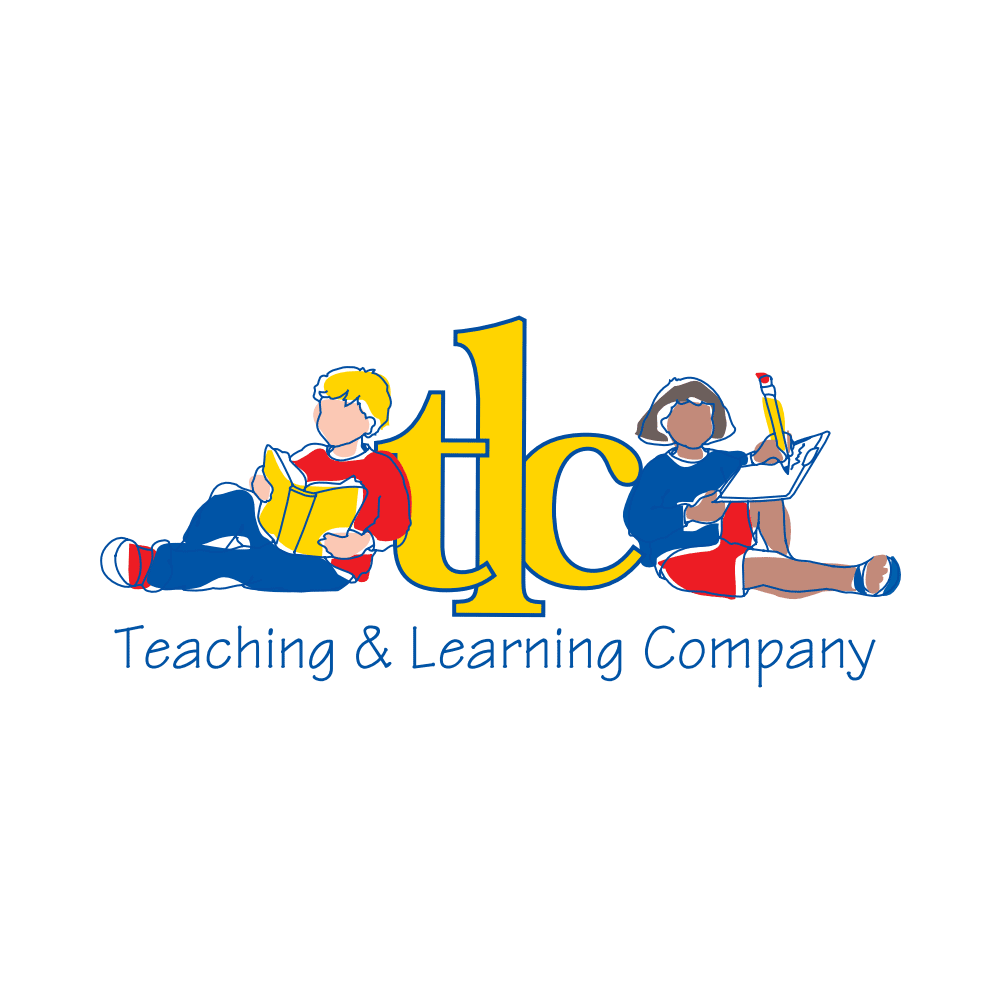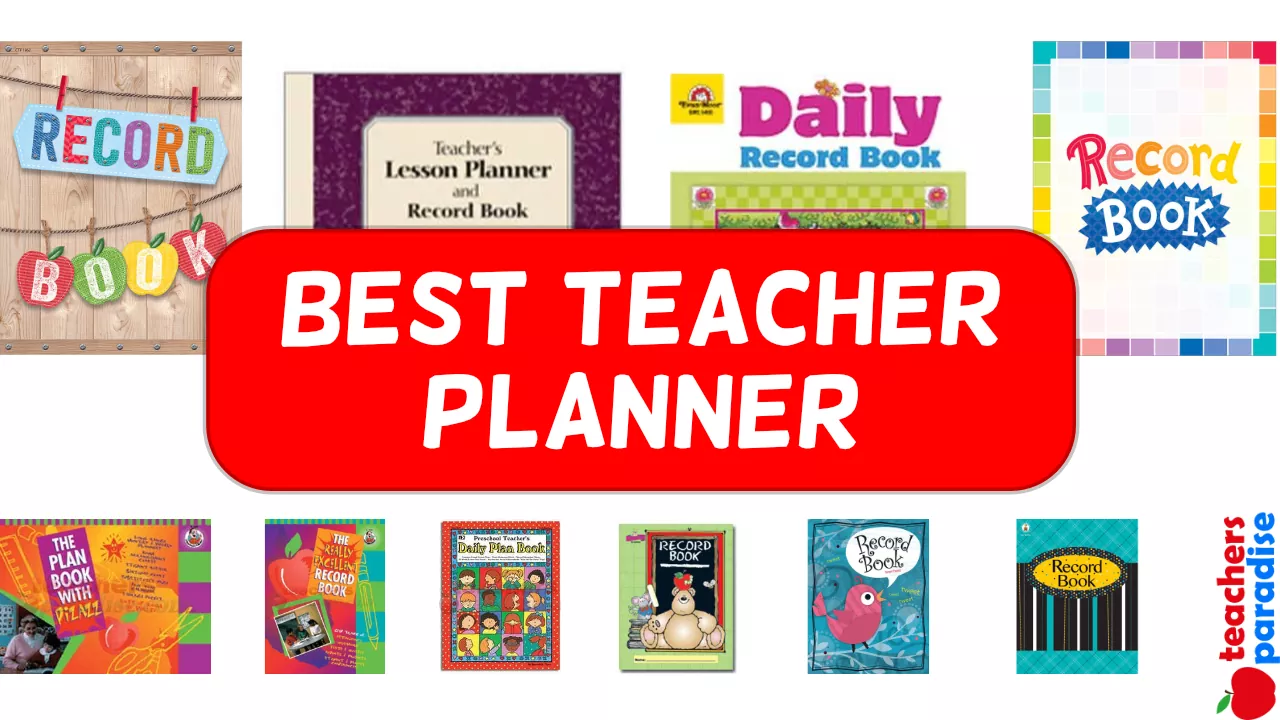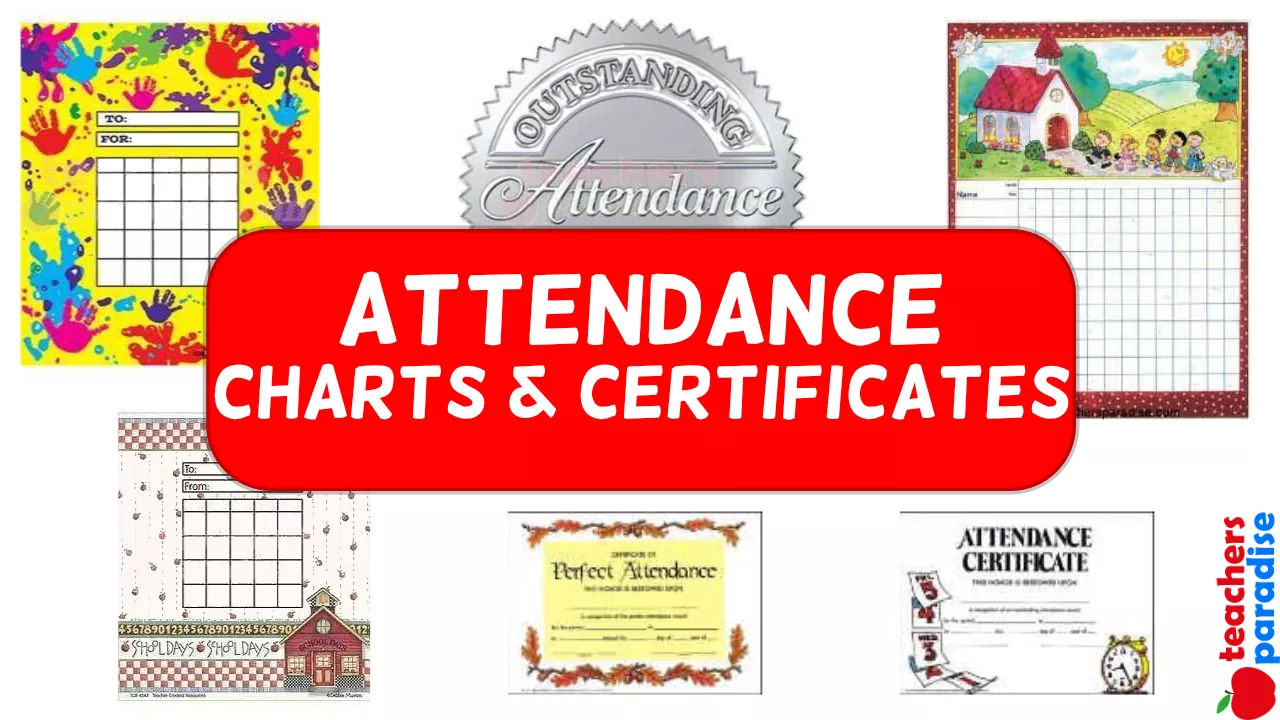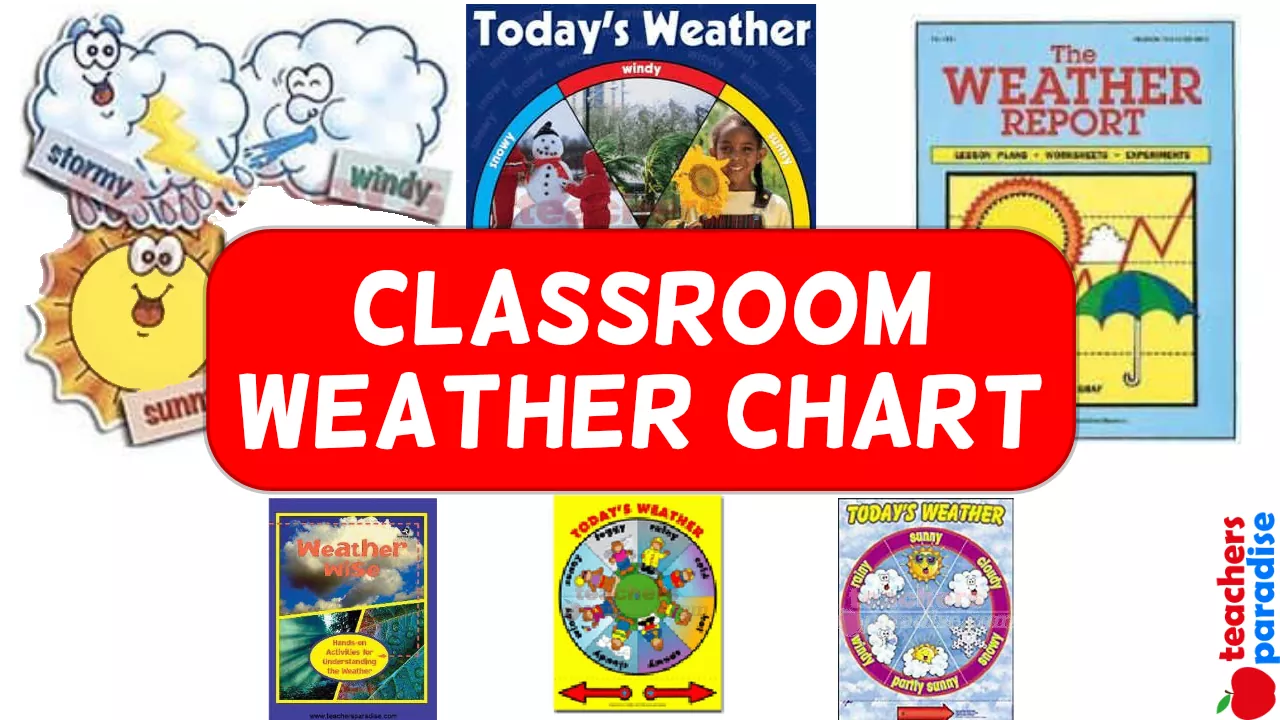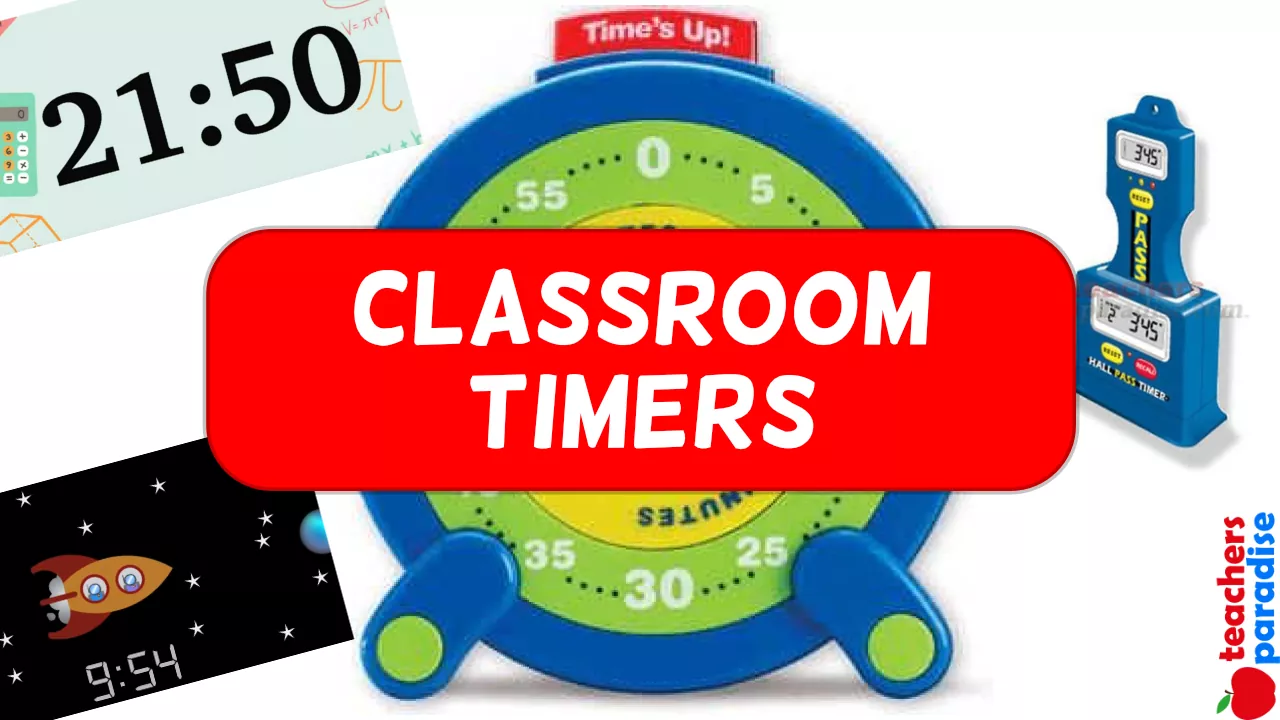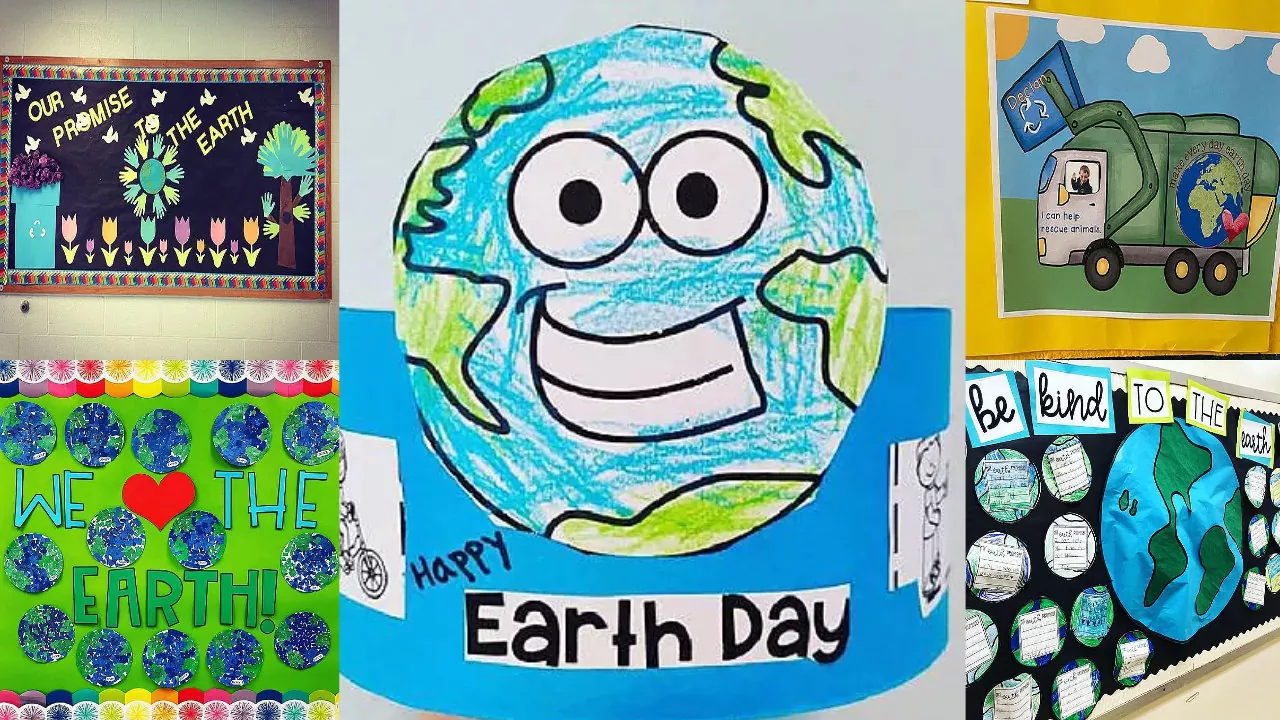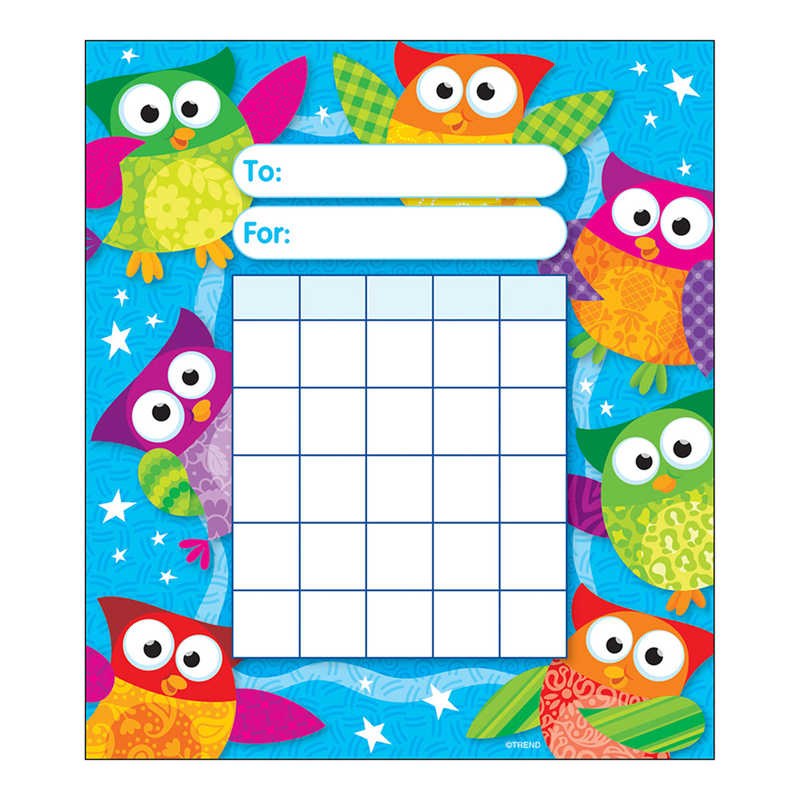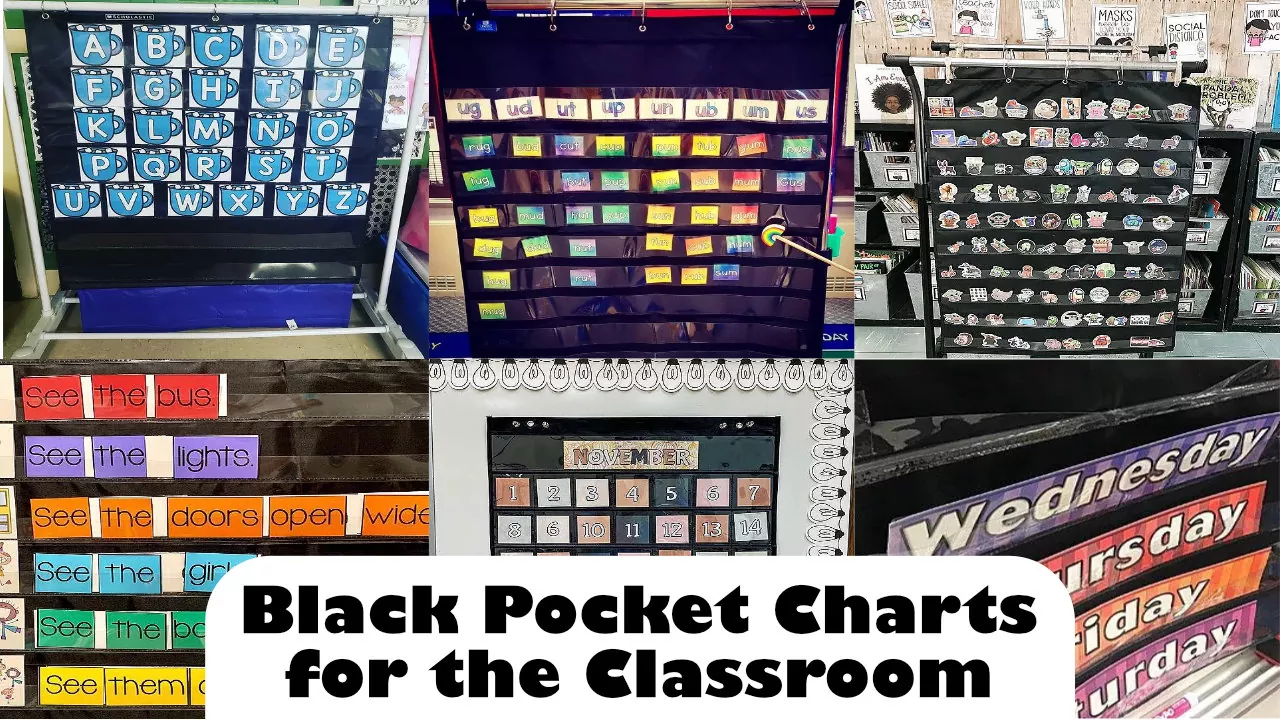Chapter 1 – Developmentally Appropriate Program
The Three to Seven – Year-Old Child
Known as the pre-operational child, this is an interesting and unusual thinking child. Understanding how this child thinks is critical to structuring a learning center classroom that is appropriate.
For the pre-operational child, language is the dramatic attainment. Between the ages of three and seven the child develops a significant amount of vocabulary. Communication of thoughts and ideas is developing and needs to be stimulated and encouraged. Placing labels and developing categories are major processes during this age.
The social aspect of the child from three to seven is still primarily egocentric, but it is becoming more and more interactive during this stage. Children begin to work out their own problems, when given opportunities to do so. This social knowledge is developed when children interact with adults and other children. For this reason, social development is closely linked to the development of language.
WORKSHEET & Sample PDF Activity
Sample PDF Activity
Another major development of the pre-operational child is the ability to represent what has been learned or discovered. This new thinking is a result of the development of logic. Children have figured out that objects stay the same. In addition, they have learned that something other than the object can be used to represent the object. This allows the child to play in a symbolic manner-draw, paint, use objects to represent something else.
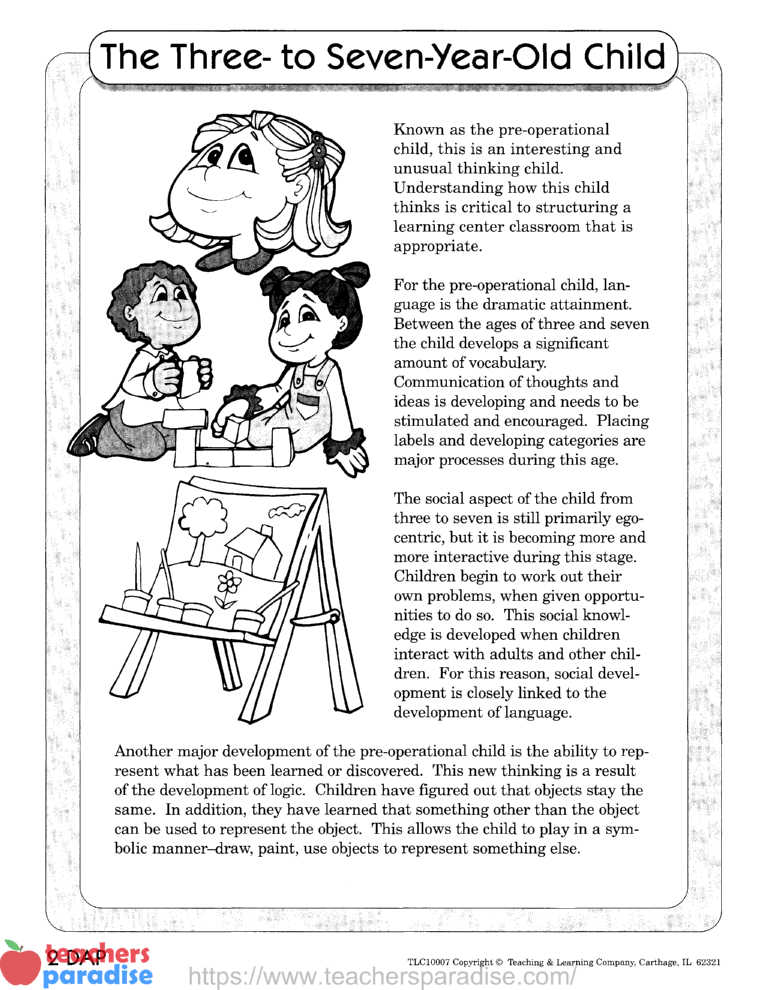
Learning Centers and the Three to Seven – Year-Old Child
In creating a learning center classroom, the most helpful information we can draw on is the information about the pre-operational child. For this reason, the classroom for this age child will look and operate in some ways that are different from classrooms for older children.
The opportunity for language development in learning centers is endless. Besides being the obvious place for books, a Language Center (and other areas) offers experiences in the printed word, conversations, documenting work in print and seeing print in the environment. A well-designed center should include many opportunities for reading, writing and spoken language
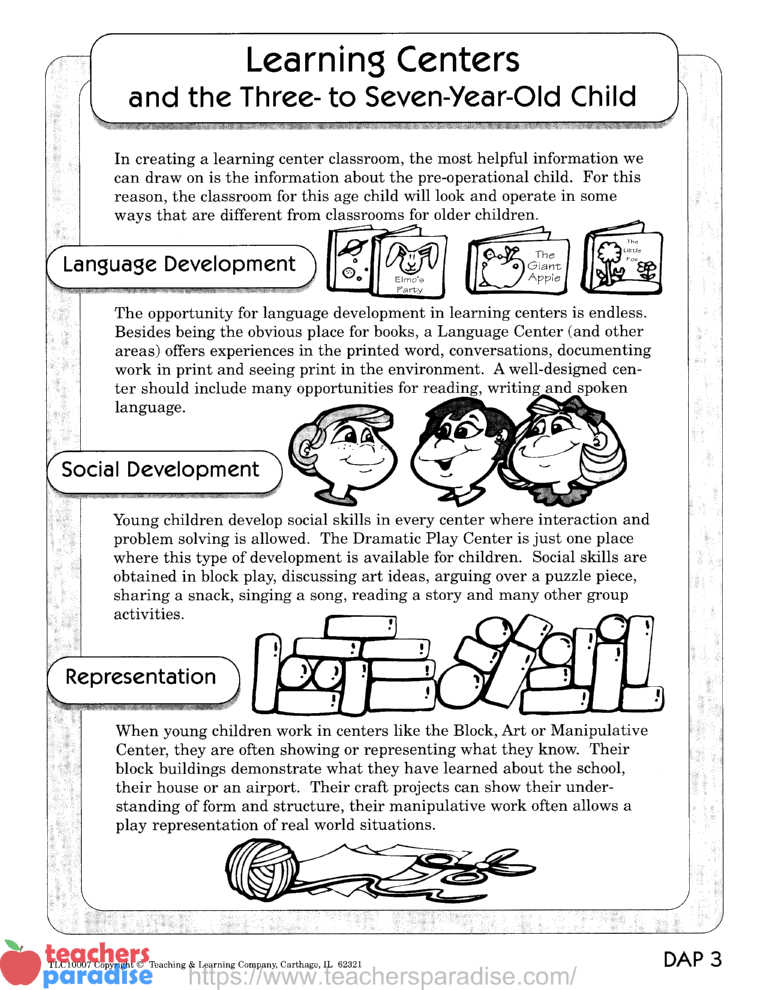
Young children develop social skills in every center where interaction and problem solving is allowed. The Dramatic Play Center is just one place where this type of development is available for children. Social skills are obtained in block play, discussing art ideas, arguing over a puzzle piece, sharing a snack, singing a song, reading a story and many other group activities.
Table of Contents
Why Use Learning Centers? – v
Developmentally Appropriate Program and Learning Centers – vi
Chapter 1 Developmentally Appropriate Program
The Three to Seven Year-Old Child – 2
Learning Centers and the Three to Seven-Year-Old Child – 3
Play: The Learning Experience – 4
Stages of Play – 5
Learning Center Vocabulary – 6
Chapter 2 Management Issues
What Is the Management Plan? – 9
Management Plan Evaluation Form – 10
Child Choice vs Teacher Control – 11
Planning for Learning Centers – 12
Schedule Formula – 14
The Class Meeting – 16
Type of Class Meeting – 17
Examples of Planning Boards – 19
Review Time – 21
Asking Open-Ended Questions – 22
Restricting the Number of Children at Centers at One Time – 23
Troubleshooting – 25
Chapter 3 Room Arrangements
Arranging the Classroom for Learning Centers – 27
Dividing the Individual Centers
in the Classroom – 29
Examples of Learning Center Dividers – 30
Making Use of Existing Furniture – 31
Examples of Converting Furniture
for Use in Learning Centers – 32
Labeling Learning Centers – 33
Examples of Signs for Labeling Learning Centers – 34
Labeling Materials in the Learning Centers – 35
Examples of Labeling Materials in Learning Centers – 36
Cleanup Time – 37
Examples of Room Arrangements with
Learning Centers and Desks – 38
Examples of Classrooms with Tables Used in Learning Centers – 39
Troubleshooting 40
Chapter 4 The Art Center
The Art Center – 42
Justification for the Art Center – 43
The Art Center Materials – 44
Tasks in the Art Center – 46
Still Life Painting 4 7
Greeting Card Tubs – 48
Outdoor Collage – 49
The Mural Station – 50
Chapter 5 The Block Center
The Block Center – 52
Justification for the Block Center – 53
The Block Center Materials – 54
Tasks in the Block Center – 56
Outdoor Environments – 57
People-Making Kit – 58
Hard Hats – 59
Appliance Box Buildings – 60
Class Trip Poster – 61
Our Block Structures – 62
Chapter 6 The Book Center
The Book Center – 64
Justification for the Book Center – 65
The Book Center Materials – 66
Tasks in the Book Center – 67
Class Books – 68
Pocket Charts – 69
Book-Making Station – 70
Book Graph – 71
Book Categories – 72
Our Favorite Books Book – 73
Chapter 7 The Listening Center
The Listening Center – 75
Justification for the Listening Center 76
The Listening Center Materials – 77
Tasks in the Listening Center – 78
Recordings – 79
The Sound Tape – 80
Sounds of Nature – 81
Listening and Art – 82
Listening Graph – 83
Group Story – 84
Music Performance Tape – 85
Chapter 8 The Woodworking Center
The Woodworking Center – 87
Justification for the Woodworking Center – 88
The Woodworking Center Materials – 89
Tasks in the Woodworking Center – 92
Styrofoam TM Working – 93
Using a Screwdriver – 94
Mitre Box – 95
Frame It – 96
Woodworking Recipe – 97
Bird Feeder – 99
Chapter 9 The Manipulative Center
The Manipulative Center – 101
Justification for the Manipulative Center – 102
The Manipulative Center Materials 103
Tasks in the Manipulative Center – 105
Collection Boxes – 106
Shoots and Slides Tub – 107
The Pendulum – 108
Balance Scale – 109
Card Games – 110
Overhead Projector – 111
Money Box – 112
Chapter 10 The Dramatic Play Center
The Dramatic Play Center – 114
Justification for the Dramatic Play Center – 115
The Dramatic Play Center Materials – 116
Tasks in the Dramatic Play Center – 118
Prop Boxes – 119
Writing in the Dramatic Play Center – 120
Face Painting – 121
The Hospital – 122
Play Dough Station – 123
The Office – 124
Chapter 11 Assessment, Record Keeping and Parent Conferences
Assessment, Record Keeping and Parent Conferences – 126
An Assessment Program for Learning Centers – 127
Observation Records – 129
Questioning Records 131
Collecting Information About Children – 132
Observing Social Situations in Learning Centers – 133
Portfolio Assessment – 135
Communicating with Parents – 137







